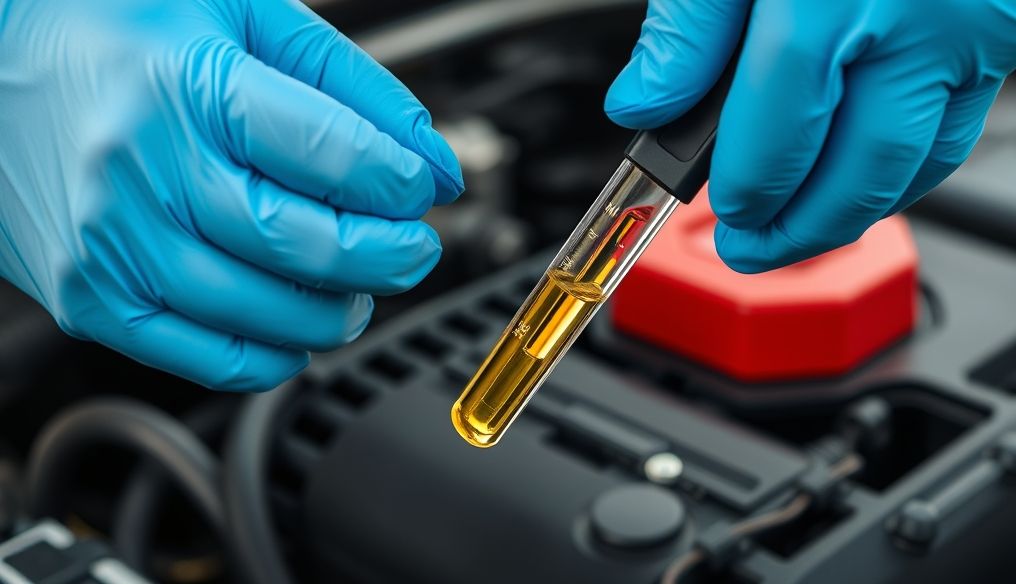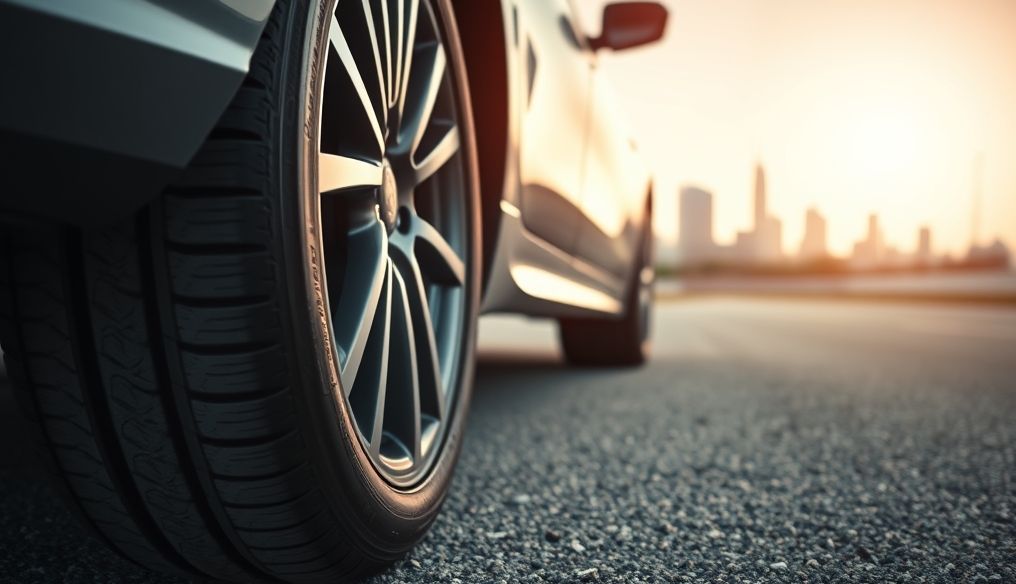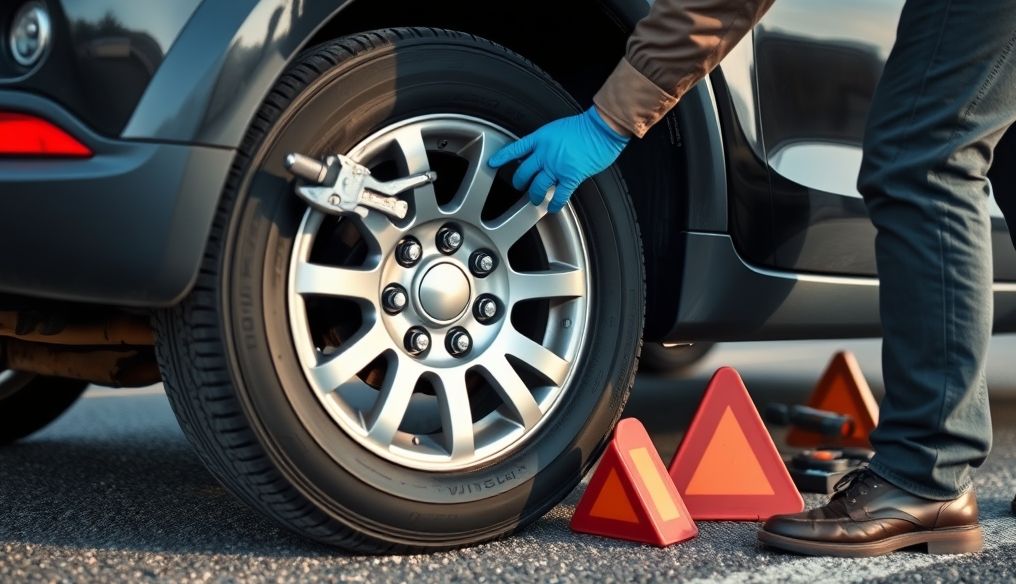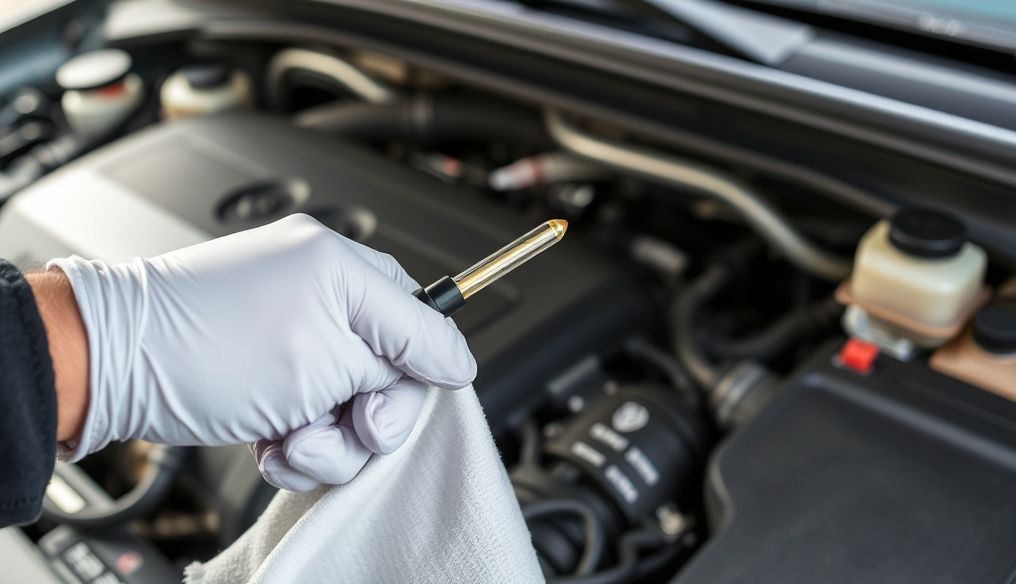Introduction: The Importance of Checking Engine Oil and Coolant
Regularly checking your engine oil and coolant is an essential part of car maintenance. It helps you detect potential problems early, saving you a lot of money in the long run. Engine oil is like the blood of your car; it reduces friction between moving parts, cools the engine, and cleans dirt and deposits. Coolant, on the other hand, keeps the engine temperature within the optimal range, preventing overheating that can permanently damage the engine.
Chapter 1: Tools and Materials Needed
Before you start checking your engine oil and coolant, make sure you have the following tools and materials:
- Gloves: To protect your hands from oils and dirt.
- Clean cloth: To wipe the dipstick and any spills.
- Flashlight: If the lighting is insufficient.
- Funnel: To add oil or coolant if needed.
- Appropriate engine oil: Make sure it is the type recommended by your car's manufacturer.
- Appropriate coolant: Make sure it is compatible with your car.
Chapter 2: Checking Engine Oil - Step by Step
Checking engine oil is a simple process, but the steps should be followed carefully:
- Make sure the engine is cool: Wait at least 15 minutes after turning off the engine before checking the oil.
- Locate the dipstick: The dipstick is usually a colored loop (often yellow or orange) protruding from the engine.
- Pull out the dipstick: Pull the dipstick out and clean it with a clean cloth.
- Re-insert the dipstick: Fully insert the dipstick and then pull it out again.
- Check the oil level: The oil level should be between the minimum and maximum marks on the dipstick.
- Check the oil color: The oil should be light brown or golden. If the oil is black or viscous, it's time to change it.
- Add oil if necessary: If the oil level is low, add oil gradually using a funnel, making sure not to overfill.
Chapter 3: Checking Coolant - Step by Step
Checking the coolant is just as important. Here's how to do it:
- Make sure the engine is cool: Do not open the radiator cap or expansion tank if the engine is hot, as this may cause serious injury.
- Locate the expansion tank: The expansion tank is usually a transparent or white plastic container near the radiator.
- Check the coolant level: The coolant level should be between the minimum and maximum marks on the tank.
- Check the coolant color: The coolant should be green, blue, or orange (depending on the type of coolant used). If the coolant is rusty or brown, it may need to be changed.
- Add coolant if necessary: If the coolant level is low, add appropriate coolant (diluted with distilled water at a 50/50 ratio) to the tank until it reaches the desired level.
Chapter 4: When Should You Change the Engine Oil?
When to change the engine oil depends on several factors, including the type of oil used, the type of car, and driving conditions. However, most manufacturers recommend changing the oil every 5,000 to 10,000 kilometers. You can also check your car's owner's manual for specific recommendations.
Signs that the engine oil needs to be changed:
- The oil is dark or viscous.
- The engine is louder than usual.
- Engine performance is reduced.
- The oil warning light on the dashboard is illuminated.
Chapter 5: When Should You Change the Coolant?
It is recommended to change the coolant every two years or 50,000 kilometers, whichever comes first. Over time, the coolant loses its protective properties and becomes more acidic, which can lead to corrosion of the cooling system.
Signs that the coolant needs to be changed:
- The coolant is rusty or brown.
- The engine overheats frequently.
- There are leaks in the cooling system.
Chapter 6: Tips for Maintaining Engine Oil and Coolant
Here are some tips for keeping your engine oil and coolant in good condition:
- Use engine oil and coolant recommended by your car's manufacturer.
- Check the engine oil and coolant regularly.
- Change the engine oil and coolant at the recommended intervals.
- Avoid harsh driving and extreme conditions that may strain the engine.
- Check for leaks in the cooling system and repair them immediately.
Chapter 7: The Impact of Oil and Coolant Quality on Engine Performance
The quality of the engine oil and coolant significantly affects engine performance and longevity. Using poor quality engine oil and coolant or not changing them regularly can lead to:
- Premature engine wear.
- Engine overheating.
- Reduced engine performance.
- Increased fuel consumption.
- Costly engine failures.
Chapter 8: Safety First: Important Precautions
When checking or changing engine oil and coolant, certain precautions should be taken to ensure your safety:
- Wear gloves to protect your hands from oils and chemicals.
- Make sure the engine is cool before opening the radiator cap or expansion tank.
- Dispose of used oil and coolant properly at a certified recycling center.
- Do not smoke or approach open flames while handling flammable oils and chemicals.
- If oil or coolant comes into contact with your skin, wash it with soap and water immediately.
Disclaimer: This article provides general information. Please refer to your vehicle's owner's manual for specific instructions.




